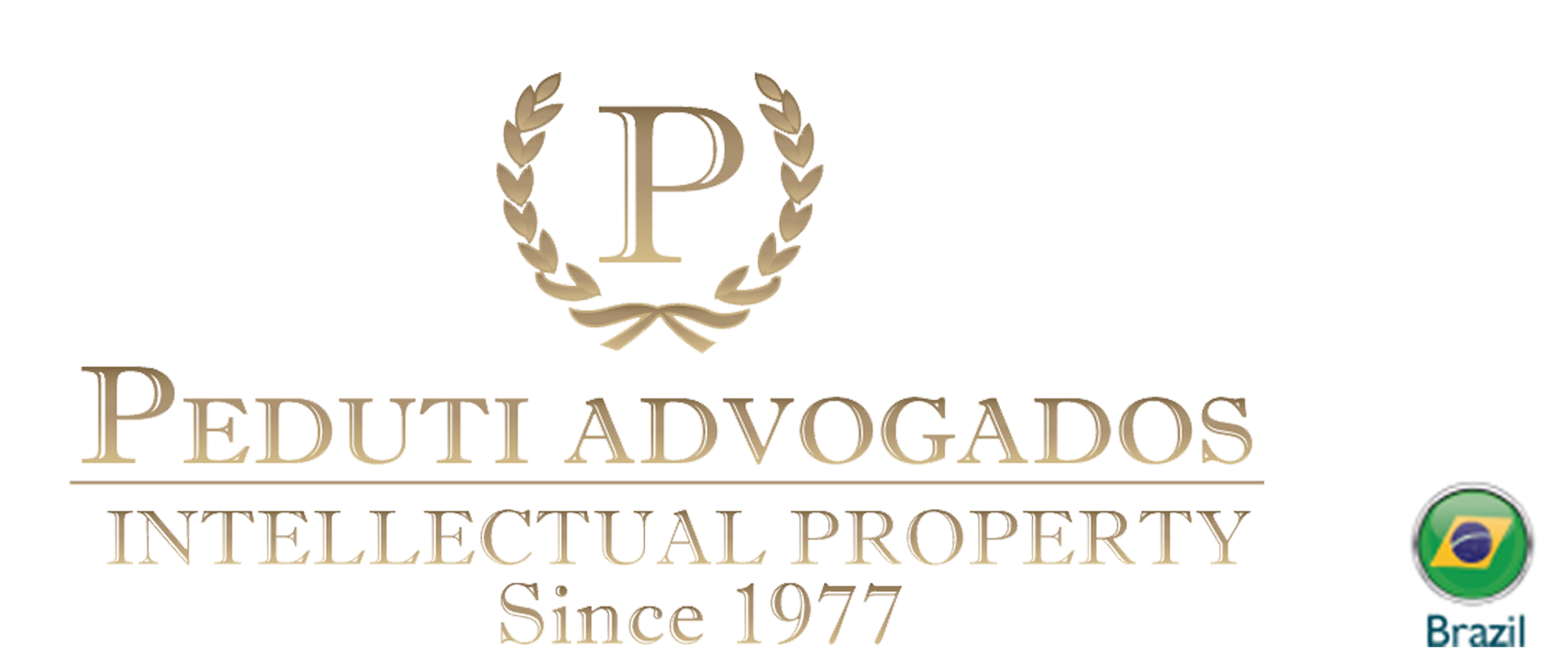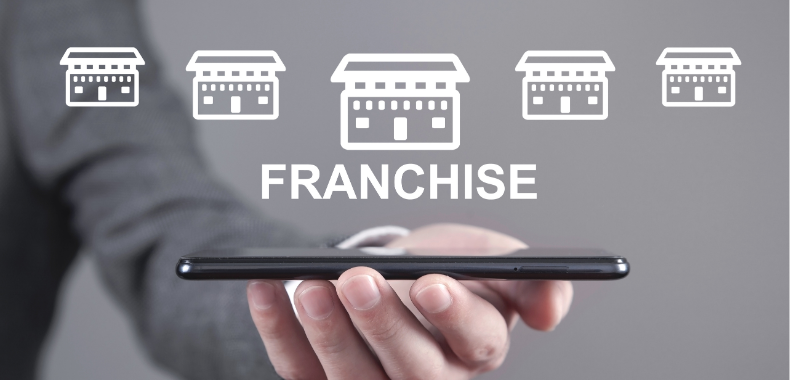Although slogans are valuable tools for marketing and advertising purposes and to enhance the selling power of services and products, these are fragile elements according to the Brazilian Law, since no person is entitled to get exclusivity on them.
The Brazilian Intellectual Property Law is quite clear by listing the cases in which certain expressions (including slogans) cannot be registered as a trademark, which includes slogans: the section VII of article 124 provides that “signs or expressions used only as a means of advertising.” cannot be registered. This is the main point of the dispute between AMBEV (which uses the slogan “Brahma, the number 1” for one of its most popular products) and Der Braumeister (which uses the institutional slogan “brewery number 1 of São Paulo”) and is valid to any and all terms used to qualify a product and/or service for marketing purposes.
In this sense, it is worthy to say that there are reservations: despite the verbal elements of a slogan cannot be protected itself, it is possible to obtain trademark protection to a slogan with the addition of figurative elements, stylized fonts or any other feature that turns the slogan into a sufficiently distinctive trademark.
However, the granting of the registration will not prevent competitors or any third parties to use the word elements of the brand. The protection granted by the registration is regarding the use of visual and aesthetic elements equal or similar.
STJ denies AMBEV exclusivity of “Number 1” expression for Brahma Beer
The Third Class of the Superior Court of Justice decided that the Brewery Der Braumeister Paulista can continue to use the expression “number 1” in your product. By majority, the court considered that the company had not the intention to usurp the clientele of beer Brahma, Ambev.
The minister Paul of Tarsus Sanseverino, the words “Number 1” acts as a qualifying product or service, like “the best, the preferred, the most consumed” – expressions that “do not submit the record to be of use common, especially when there are distinguished by special graphic characters. ”
Ambev filed a compensation lawsuit against Der Braumeister alleging unfair competition because of the slogan “brewery number 1 of São Paulo”. Said that there was misappropriation of the term “number 1”, which would be the exclusive holder, it identifies your product – Brahma beer – nationwide. Also pointed out the misuse logo similar to its presentation of the competing product. According to AmBev, the expressions are registered “Brahma Chopp, beer number 1” (since 1993) and “Brahma, the number 1” (since 1992), and the sign for the brand Brahma Chopp and its constituent elements (since 1992).
Logos
The trial court rejected the request. Found that the evidence indicated by Ambev, by themselves, do not reveal confusion between the names. “The arrangement of names is quite different, and the wheat ears design is made so as not to induce similarity, it can’t be concluded that the mere inclusion of such a design is understood as a violation of industrial property rights,” said the sentence.
The São Paulo Court modified the decision to conclude that the Brewery Der Braumeister presenting your product with elements similar to the logo of Brahma and his promotional material brings a slogan that also blends with the advertising of Ambev.
In the STJ, the Der Braumeister maintained that the “number 1” is generic or public domain, and that Ambev took the risk to use in their campaigns an expression which, alone, no one can appropriate. She rejected the accusation of unfair competition, claiming that has long used the unopposed expression of Ambev and the products coexist peacefully.
Ambev said that despite the signs and advertising expressions no longer be record object, still receive protection based on Industrial Property Law.
Advertising Expression
In his opinion, the Sanseverino minister pointed out that the similarity verified by TJ-SP with regard to logos is not strong enough to constitute unfair competition, fireworks to customers of ownership or confusion of reason in the consumer market.
According to the minister, pointed identity merely a red band, which is not enough to cause confusion, or because the names are different, either because the Der Braumeister is a beer hall/restaurant and not just a producer of beverages.
As for the “number 1” expression, Sanseverino stressed that the Law 9.279 / 1996, when listing the situations not subject to the possibility of registration as a trademark, expressly mentioned advertising expressions.
“The phrase ‘beer number 1’ is nothing more than merely advertising expression, widely used by Brahma, true, but now is not subject to registration and thus does not allow its use to be made unique,” he concluded.
The rapporteur also said that the advertising spread by Der Braumeister expression “brewery number 1 of São Paulo”, because it is service that includes the branch of food / restaurant, does not seek to monopolize unfairly clientele of Brahma. With information from STJ Press Office.
Dra. Paula Ajzen


